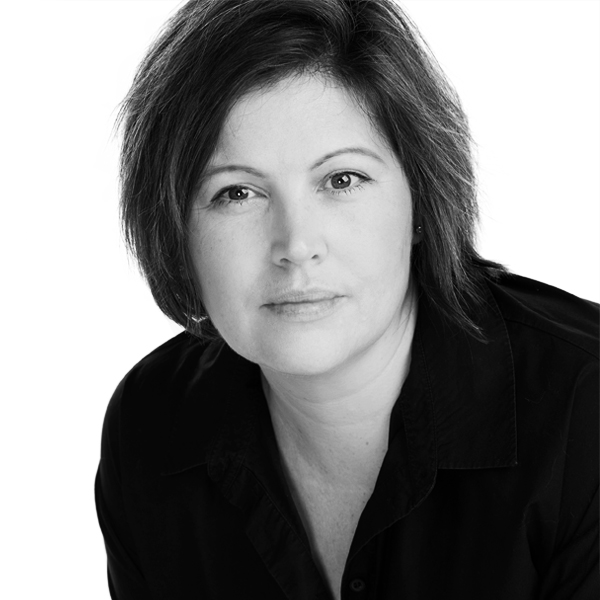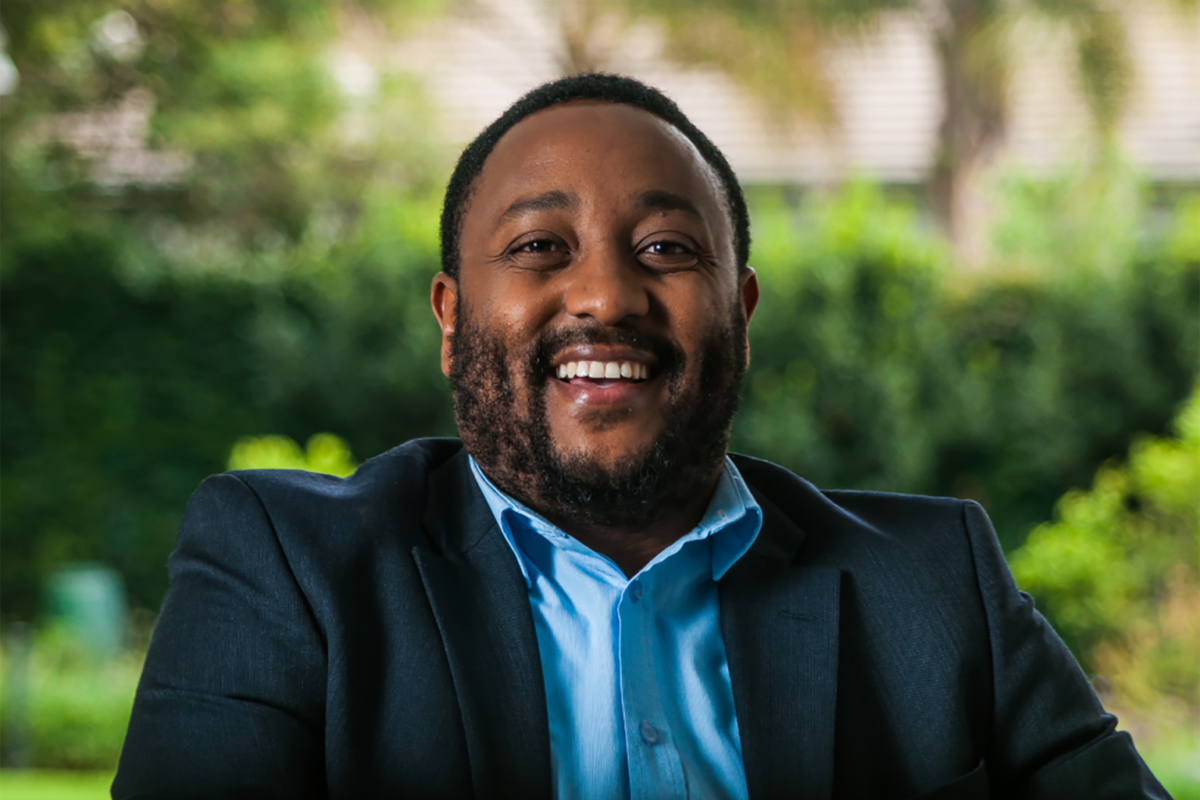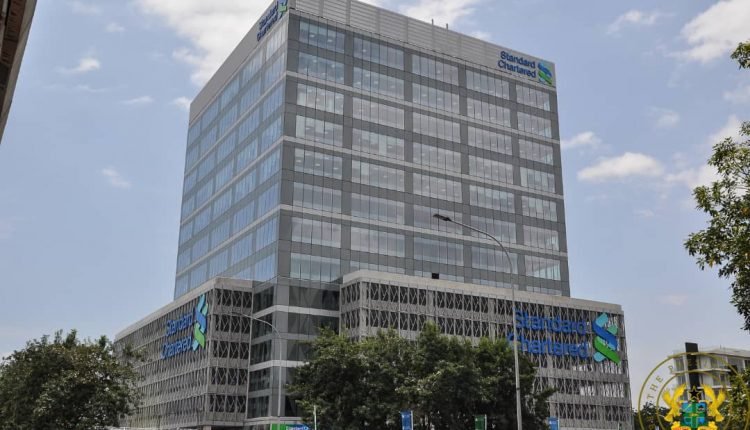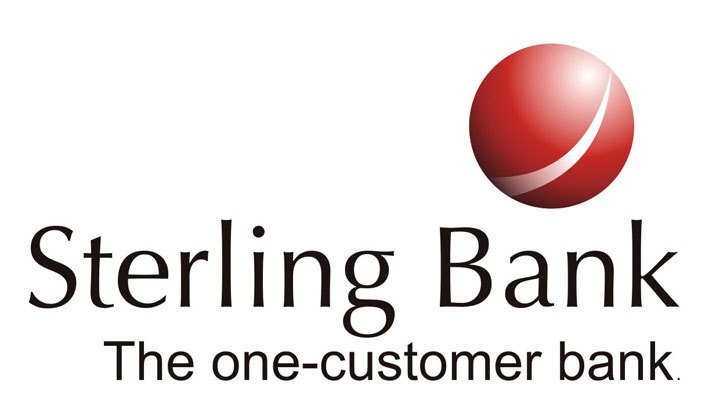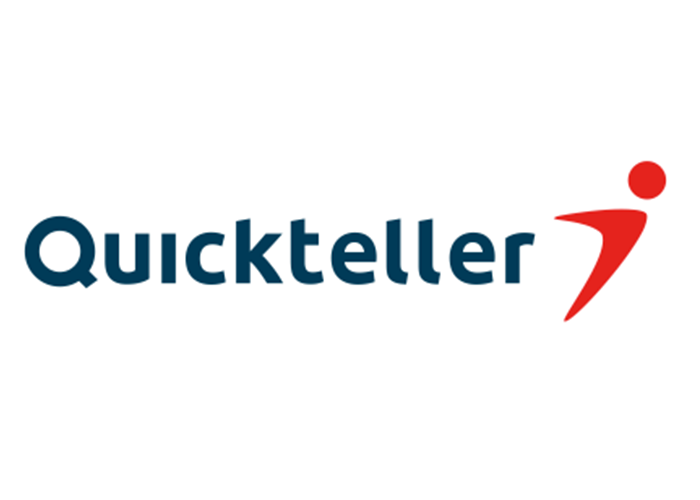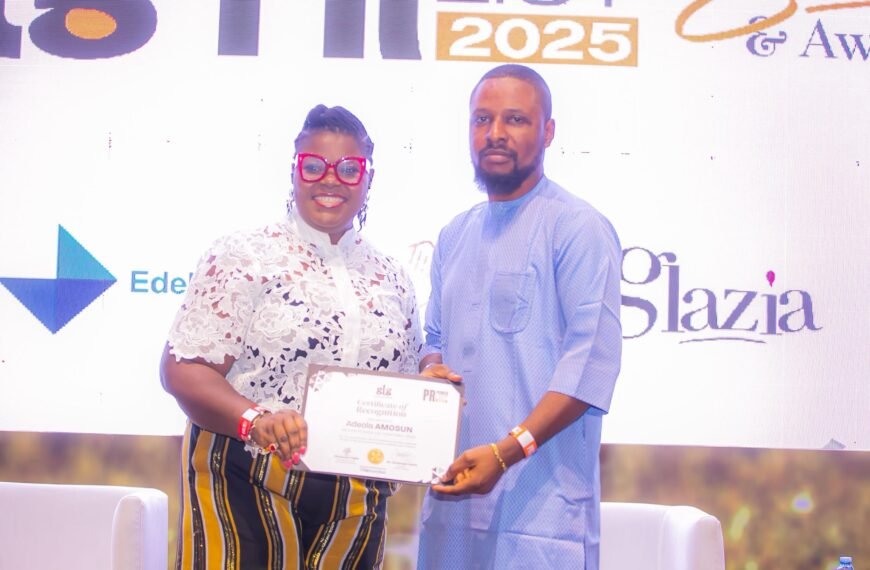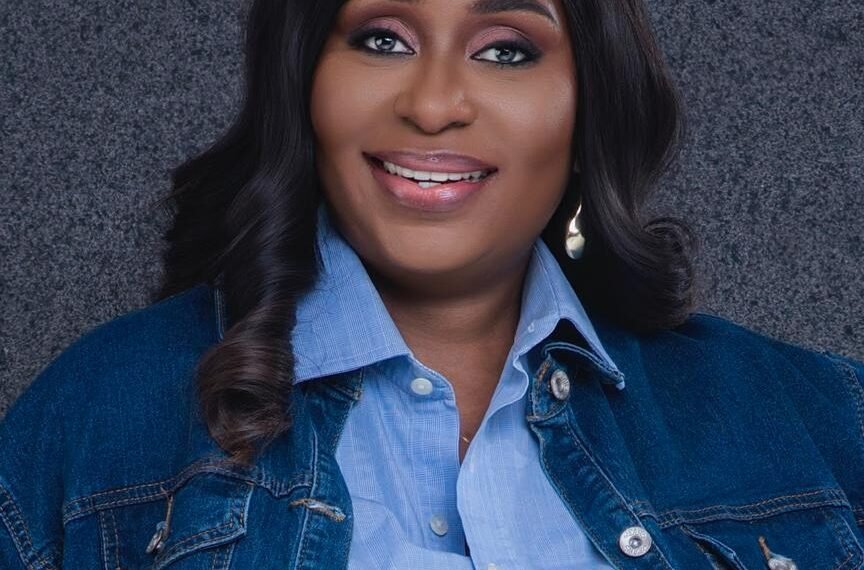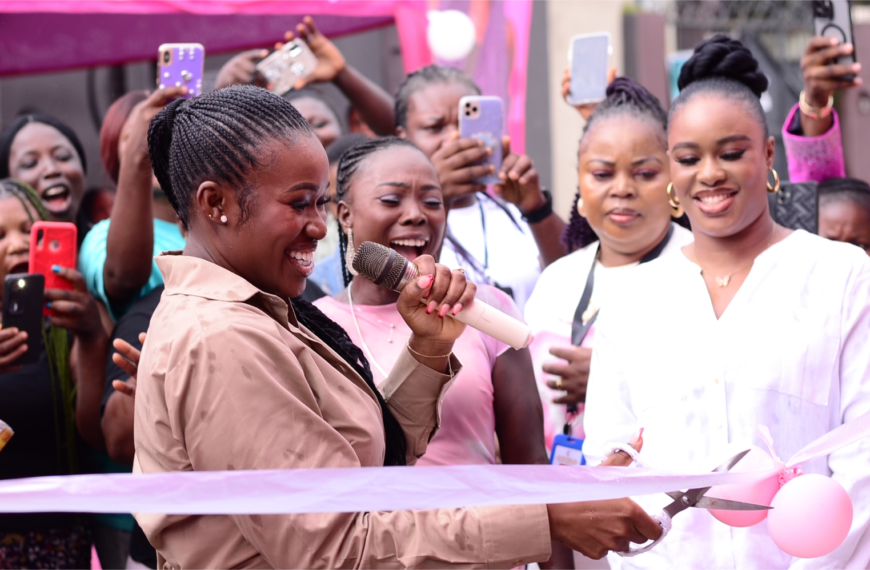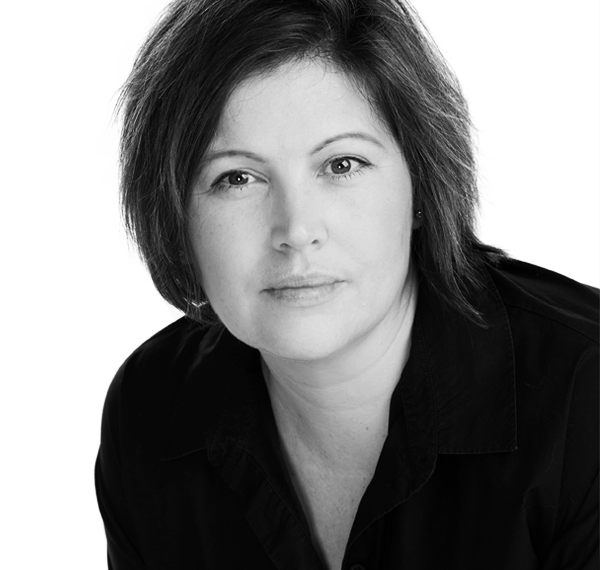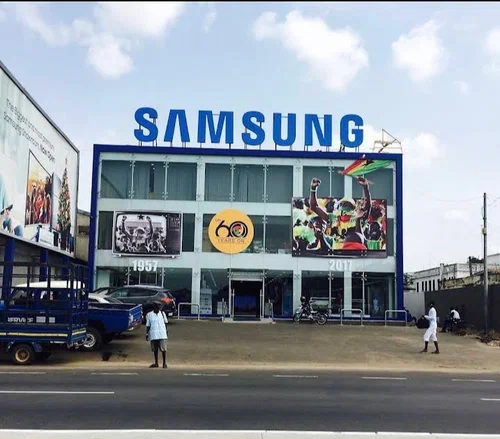

Mondelez Cadbury Dairy Milk Generosity campaign
Alanta Moodley, category brand manager at Mondelez International. She discusses the Cadbury Dairy Milk Generosity campaign.
How did this idea come about?
The Generosity campaign launched in South Africa in 2019, as part of Cadbury’s global repositioning to return to the brand’s core purpose of generosity. Each region identified an area where they could make the biggest impact through a generous spirit.
Millions of orphaned and vulnerable children in South Africa miss out on the joy of childhood and play, which also forms the foundation of early childhood development. Many of these children don’t have a teddy to cuddle or a parent to read them a bedtime story.
This is in contrast to many of us in society who are enamoured with the new: the latest upgrade, the newest gadget, the toy that everyone else has.
The more we collect, we start to undervalue our possessions. To us, it’s a broken toy. To an orphan, it’s a treasure. A precious gift of childhood.
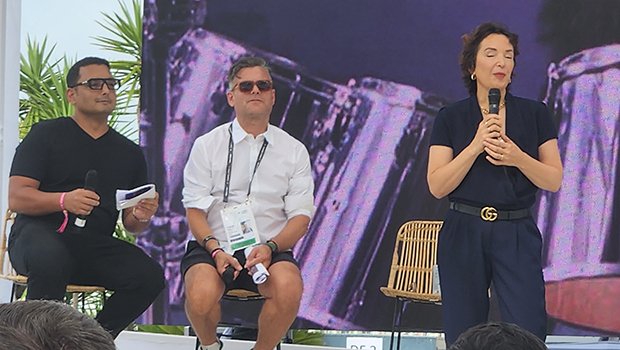
So, in 2019, Cadbury Dairy Milk launched The Little Generosity Shop – drop-off points at malls and key locations, where the public could donate preloved toys to orphaned and vulnerable children. Cadbury Dairy Milk then gave these toys some TLC and transformed them into re-loved treasures.
There was an outpouring of compassion, with over 100,000 generous donations received from the public – proof that there really is a Glass & a Half in everyone.
We wanted to expand The Little Generosity Shop concept in 2020. The campaign was scheduled for launch in May but COVID-19 turned it on its head. Unable to accept donations during lockdown due to social distancing measures and health concerns, we had about three weeks to shift the campaign.
The pandemic hit with such force. It changed consumer behaviour and media consumption patterns overnight, and the brand had to push itself into a bigger digital space than it was used to. This – and because we didn’t know what was going to happen week by week – was why we took a phased approach to the campaign.
We kicked off Phase 1 in June/July with the launch of the limited-edition Cadbury Dairy Milk bars. We redesigned the wrappers to showcase beautiful toys, books, and games, along with a message that, in purchasing a chocolate bar, you’re helping us to raise R1 million to support orphaned and vulnerable children.
There was no drive to purchase; just a hope that consumers would choose Cadbury Dairy Milk on their next grocery shop and be a part of this Generosity initiative. It was effortless and it allowed consumers to participate in a safe space. We also spread the generosity by gifting frontline workers – medical staff, cashiers, petrol attendants – with chocolate, to say thank you.
Following on from this, we launched Phase 2 in July. The “Glass & a Half Project Presents: There’s a Story in Everyone” campaign was designed to give orphans and vulnerable children something to believe in during these difficult times; to encourage imagination and inspire the children to dream again.
The public was invited to share their inspirational stories via the Cadbury Dairy Milk WhatsApp bot. We chose the top 10 stories submitted by the public, and top 10 submitted by orphans, and turned them into beautiful ebooks and animated tales.
The stories were loaded onto USB sticks and supplied orphanages with projectors and screens, so that they could play bedtime stories to the children. We set up story nooks at 45 orphanages around the country, including books, shelves, and couch areas to encourage reading. Again, we discovered the generous spirit of South Africans and made a difference to the lives of the most vulnerable.
Why was there a need for a solution like The Generosity Campaign?
Now more than ever, orphaned and vulnerable children need comfort and care. During the Covid-19 pandemic, social workers were unable to visit the orphanages and read to them on a regular basis.
We believed that the best solution to this was to launch the ‘There’s a Story in Everyone’ campaign which called upon South Africans to donate an inspiring children’s story which we would then share with orphaned and vulnerable children across the country in the form of an e-book.
How does it work?
Consumers could support the initiative by simply messaging ‘Hi’ to the Whatsapp number provided. By following the prompts, they could submit their story in the form of a text. The top 10 winning stories were then selected and turned into beautifully curated videos which are being compiled into e-books and distributed to orphanages across South Africa.
For further details on our beneficiaries, please visit www.cadbury.co.za.
Why did you choose Facebook and WhatsApp for the campaign?
Social media was the best way to reach consumers during the pandemic given the increase in digital consumption over this period.
Given that this campaign required consumer participation, we needed to ensure we utilised relevant digital platforms that facilitated engagement in the safety of their homes.
Tell us about your campaign approach.
What we had initially planned versus what we ended up doing were worlds apart. Covid-19 had resulted in changes in consumer behavioural dynamics as well as media consumption. The initial plan of mall activations and in-store donations had shifted to a campaign that was driven by digital and TV.
We used storytelling and smart creative on Instagram to raise awareness on Facebook and through Instagram Stories. And we chose WhatsApp as the story-submission platform because of its familiarity among consumers.
There was also an influencer element. Shekinah and Proverb helped to drive traffic to the WatsApp chat bot and generating a combined 30 million impressions.
Cadbury Dairy Milk was also the first brand in South Africa to participate in the Google Directors Mix campaign, which uses a series of content to drive personalisation at scale – and it performed exceptionally well delivering a 19% lift in Ad Recall, a 2% increase in Favourability and a 2.3% increase in Purchase Intent.
And what were the results?
We reached 15 million people through Facebook. It was, overall, the highest-reaching platform, resulting in about 70% penetration, which was a great result.
During Phase 2, when we revealed the new wrappers, we reached 8.5 million people through Facebook. The “There’s a Story in Everyone” campaign reached 11.6 million people. The pre-awareness post alone generated 5 million impressions, while Facebook Stories delivered a low CPM and 11 million impressions.
The carousel ads, in particular, drove high engagement and website traffic.
Do you have a stand-out memory from this campaign?
The campaign has had a massive impact in the children’s lives. We’ve received the most heartfelt thank-you notes from some of the children themselves showcasing the joy they felt having received the toys and stories, just for having a toy or being read a story.
As marketers, we get absorbed into branding and doing great communication however, we have a social responsibility in everything that we create. By communicating with a purpose, Cadbury Dairy Milk can have a sustainable impact in South Africa, and that’s where marketing can make a real difference.
Do you have advice for other companies considering a similar campaign?
Always be consumer-centric. It’s important to understand your consumer and how circumstances, like Covid-19, can impact their behaviour. It’s important to keep the consumers at the heart and making a difference in our society. Exercise agility over perfection but stay true to your brand.
What was your biggest learning?
Learning how to be agile and how to create brave campaigns in times of ambiguity. Marketing is about creating emotional connections with people and ensuring that we stay relevant.
How can people get in touch?
To find out how you can contribute to the cause, visit the Glass & a Half Project page.
SOURCE: FB

